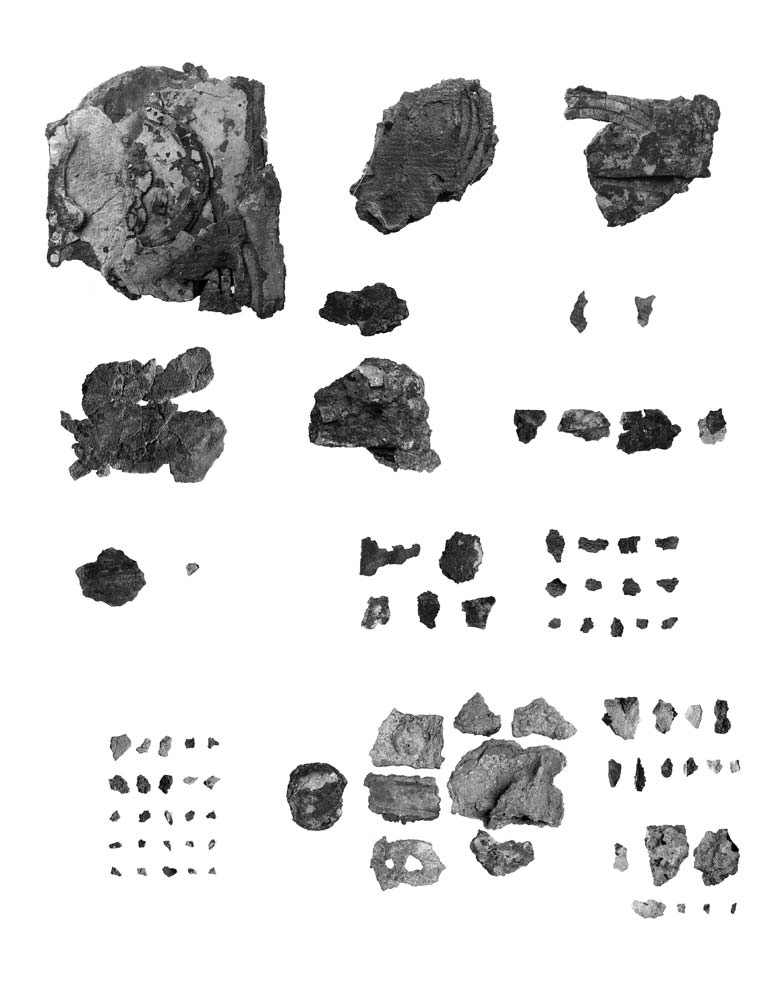Photos: Ancient Greek Shipwreck Yields Antikythera Mechanism
Reversed and Not

The inscription on the back cover shown in a mirror-reversed photograph (left), and a CT composite image (right). The back cover inscriptions seem to be a user manual of sorts, the researchers said.
Preserved inscription

A CT composite image of the back cover Inscription preserved in the fragment called B.
Enhanced and clear

Detail of Fragment 19 where numbers 76, 19 and 223 are clearly visible in this enhanced PTM image.
Metonic cycle

Fragment B-1 shows part of the back cover. At the right, parts of the Metonic Dial scale inscriptions are exposed. The Metonic cycle was about 19 years, marking a near-common multiple of the solar year and lunar month.
Bringing clarity

Fragment 19, which is a piece of the device’s back cover, is much more clear in a PTM visualization. With PTM, different lighting conditions can be simulated to reveal surface details on artifacts that might otherwise be hidden.
Antikythera diagram

This diagram shows how the surviving fragments would have fit into the device. The mechanism was about the size of a shoebox and contained a complex system of gears on the inside, which turned dials on the outside that showed the position of the planets, the lunar calendar and other cosmological cycles.
Housed in a museum

The 82 known fragments of the Antikythera mechanism are now housed in Greece’s National Archaeological Museum.
Get the world’s most fascinating discoveries delivered straight to your inbox.



